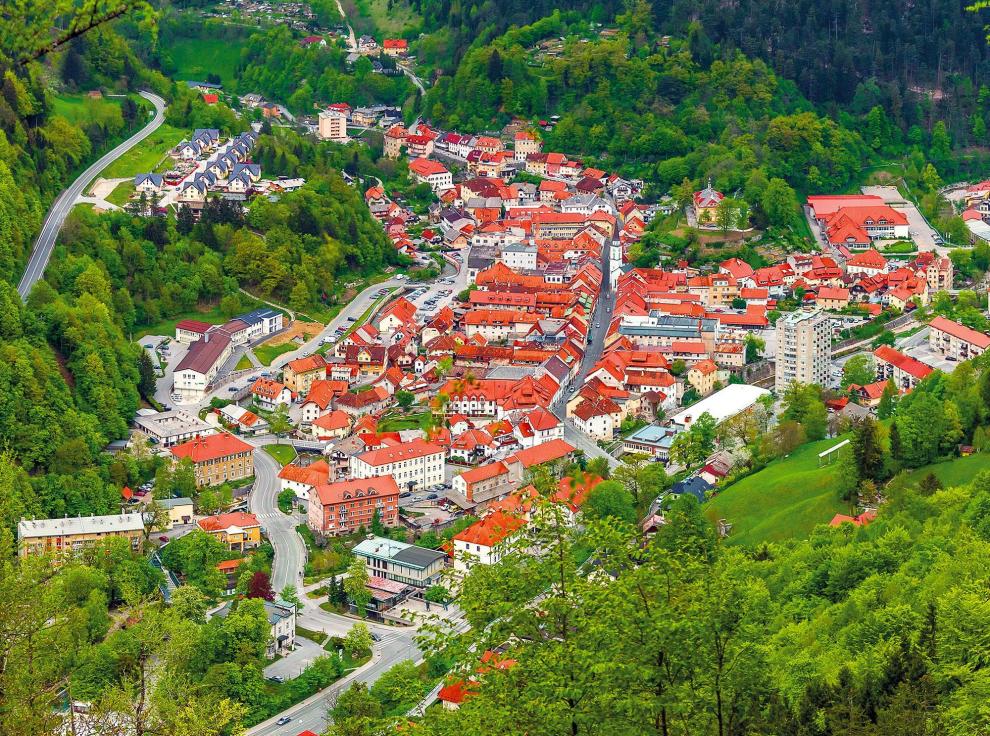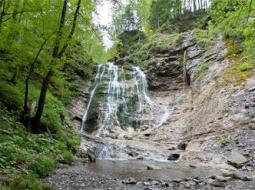Thessaloniki gets ready for its metro launch in November
The underground rapid transit lines have been under construction for almost two decades due to various project delays
 TheMayor.EU logo
TheMayor.EU logo 
The formation and development of Tržič are most closely connected with the path that led from the Gorenjska plain across the Ljubelj Pass to Carinthia. According to some archaeological finds it certainly existed in the historical era when it connected Virunum in Emperor's Field with Emona through Ljubelj. The settlement, then called Forum and Lubelino, which stood along this path, was destroyed by an avalanche and part of the population moved to the valley where the settlement of Neumarktl was established on the site of the present Tržič. The settlement began to develop at the foot of the castle hill, on which later stood the Neuhaus castle. Its development and shape were dictated by the traffic veins and the developing blacksmithing.
Some important and interesting years:
The municipality of Tržič represents 0.8% of the territory of the Republic of Slovenia. In the north it borders with the Republic of Austria, the border running along the mountain ridge of the central Karavanke mountains. In the west it borders with the municipalities of Žirovnica and Radovljica, in the east with Jezersko and Preddvor and in the south with the municipalities of Kranj and Naklo. The territory belongs almost entirely to the basin of Tržiška Bistrica, only a smaller part belongs to the Kokra basin.
Tržič in numbers:
The economic development of the municipality of Tržič can be roughly divided into three phases: peak, transition and current state. At its peak, a century ago, Tržič was considered the most technologically, industrially and commercially developed small town in Central Europe. This was followed by a period of strong industrial transition in the municipality, which was the result of rapid political and economic trends. Today's situation is improving.
Each year, the municipality of Tržič devotes a part of its budget to the implementation of measures for maintaining and promoting the development of agriculture and rural areas.
Competitive Advantages of Tržič:
Proximity to major cities:

In Tržič visitors can discover dragon trails and mountains and experience the legend of Alpine Slovenia. Through Ljubelj or along the slopes of the Karavanke, from any direction to Tržič, the city looks like a bird’s nest. It is surrounded by hills and the longest Slovenian mountain range. Try mountain biking or hiking, climbing or paragliding on the winding paths and scattered mountains.
The Dovžan Gorge is one of the most spectacular in Slovenia. It is the best location for discovering Central and Alpine Slovenia, from Ljubljana to Bled and beyond.
Tržič offers 4 ideal program templates for adventurers, active families, families with children and romantic couples.
Address: Trg svobode 18, 4290 Tržič